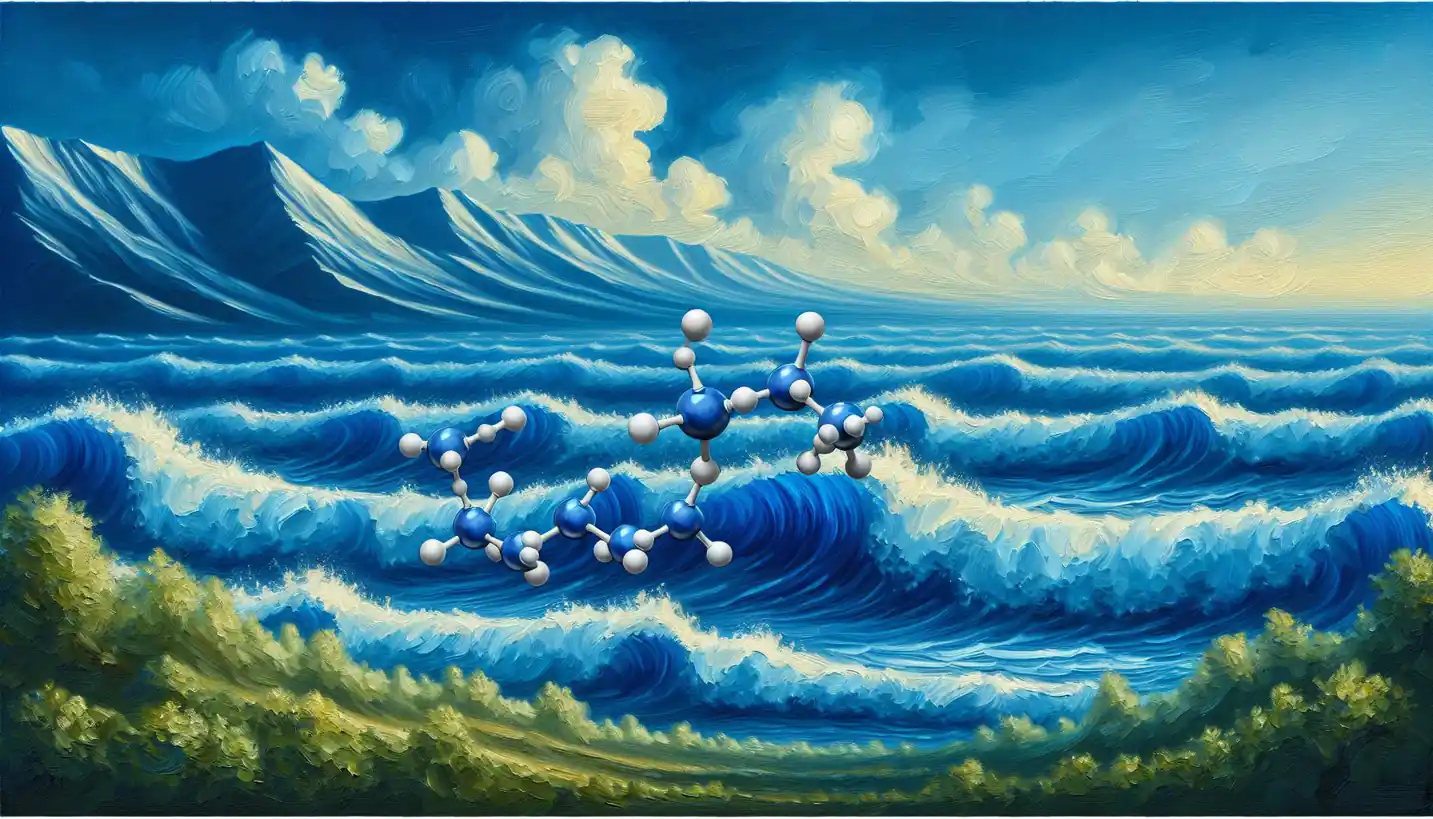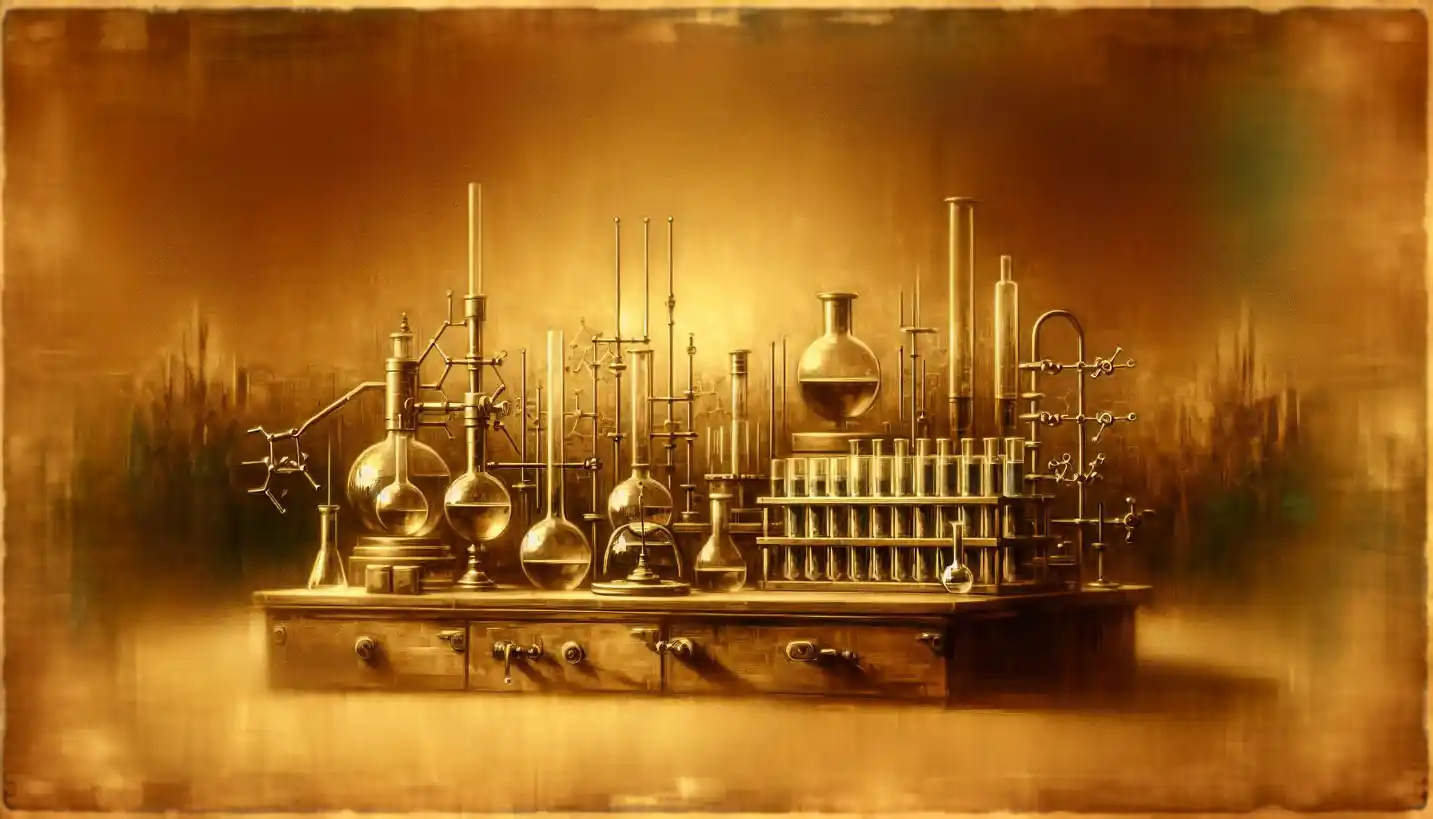· Chemistry · 4 min read
Catalysis: Revolutionizing Green Chemistry for a Sustainable Future
Catalysis is revolutionizing green chemistry, transforming how we create sustainable future solutions. Discover how catalysts can drastically improve reaction efficiency and reduce environmental impact.

Picture this: every time you cook a meal, you’re performing a kind of chemistry, mixing ingredients and using heat to transform raw materials into something delicious. Now, imagine if you could make that process faster and cleaner, without extra energy or waste. That’s a bit like what catalysis does in the world of chemistry.
What is Catalysis?
Catalysis is like a shortcut in a chemical reaction. It helps reactions happen more quickly or use less energy by introducing a substance called a catalyst. This catalyst isn’t changed or used up during the reaction, so it can keep working over and over again. Think of it as a reusable helper that boosts the process without getting involved in the end result.
Catalysts can be found in everyday products like cars, where they help reduce emissions, or in the production of plastics, medicines, and even in the food industry. The incredible thing is that they’re everywhere, making processes more efficient and less harmful to the environment.
Catalysis in Green Chemistry
Now, let’s dive into green chemistry. This approach to chemical research and manufacturing focuses on designing products and processes that minimize the use and generation of hazardous substances. Green chemistry is all about making chemistry more sustainable and eco-friendly.
Catalysis fits perfectly into this picture because it can help reduce waste and energy consumption. By using catalysts, many industrial processes become cleaner and greener. For example, in the production of fuels, catalysts can help reduce harmful emissions, making the entire process more environmentally friendly.
One fascinating example is in the production of ammonia, which is essential for fertilizers. The Haber-Bosch process, used to create ammonia, consumes a lot of energy. With the help of advanced catalysts, scientists are working to make this process more energy-efficient and sustainable.
How Catalysis Works
To understand catalysis better, think about how enzymes work in our bodies. Enzymes are biological catalysts that speed up reactions essential for life. For instance, your saliva contains an enzyme called amylase that starts breaking down food right in your mouth.
In industrial settings, catalysts often work in a similar fashion. They provide a surface or a medium where reactants can come together more easily. This reduces the amount of energy needed to start the reaction, making the process faster and more efficient.
Types of Catalysts
Catalysts can be classified into several types, each with unique characteristics and uses:
Heterogeneous Catalysts: These are solid catalysts that operate in a different phase than the reactants. They are often used in the oil industry to break down large molecules into gasoline.
Homogeneous Catalysts: These exist in the same phase as the reactants, often used in the production of fine chemicals and pharmaceuticals.
Biocatalysts: As mentioned earlier, these are enzymes that facilitate reactions in living organisms. They’re also being explored for use in industrial applications due to their specificity and efficiency.
The Role of Catalysis in Environmental Protection
Catalysis isn’t just a tool for making chemical processes faster or more efficient; it’s also vital for protecting the environment. By reducing the need for harsh chemicals and cutting down energy consumption, catalysis contributes to a cleaner planet.
For instance, in car engines, catalytic converters help transform toxic emissions like carbon monoxide into less harmful substances like carbon dioxide. This reduces air pollution and helps combat climate change.
Moreover, in waste management, catalysts are used to break down harmful pollutants in water, making it safer for the environment and human health.
Challenges and Innovations in Catalysis
While catalysis offers numerous benefits, scientists are continuously working to overcome challenges like improving catalyst performance and finding cheaper, more sustainable materials for catalysts.
One exciting area of research is the development of nanoparticle catalysts. These tiny particles can significantly increase the surface area available for reactions, enhancing efficiency and reducing waste. Innovations like these hold great promise for the future of catalysis in green chemistry.
Future Directions in Green Chemistry
The potential of catalysis to revolutionize green chemistry is immense. As researchers discover new catalysts and improve existing processes, industries worldwide can move towards more sustainable practices.
Imagine a world where chemical manufacturing produces minimal waste, uses renewable energy, and creates products that are safer for both people and the planet. Catalysis is a key player in turning this vision into reality.
In conclusion, catalysis is an essential component of green chemistry, offering a path to cleaner, more sustainable industrial processes. By harnessing the power of catalysts, we can make significant strides in protecting the environment and building a more sustainable future. As technology and research advance, the role of catalysis in driving these changes will only grow, paving the way for innovative solutions that benefit everyone.

